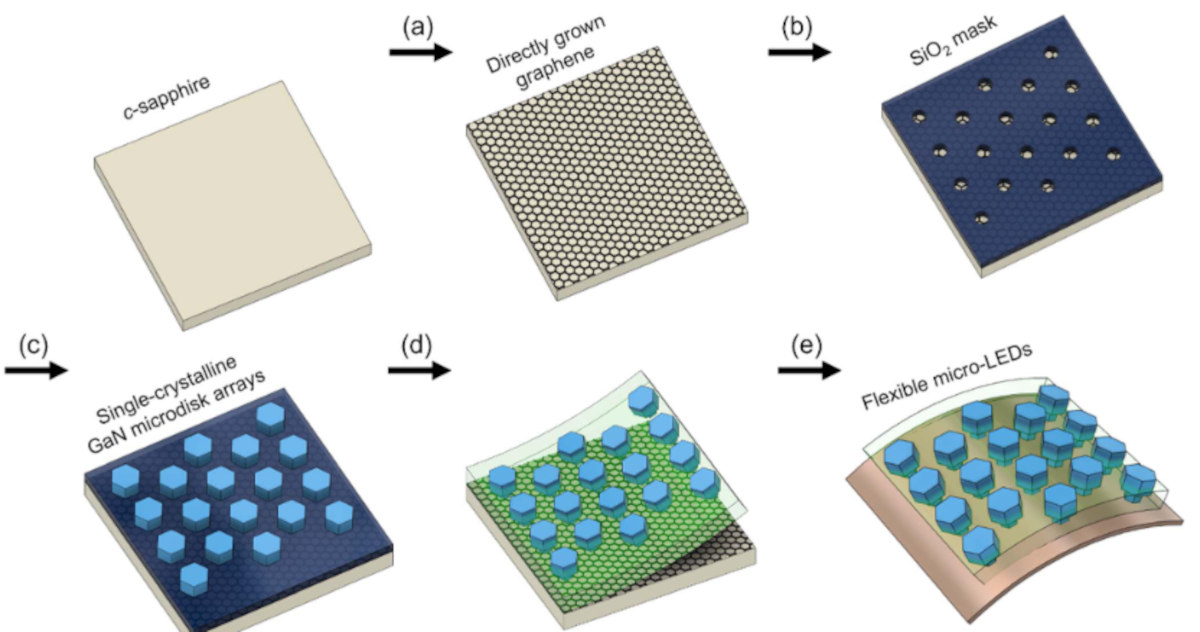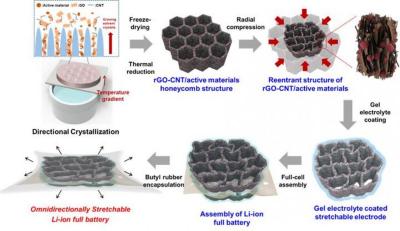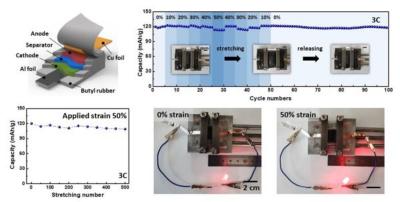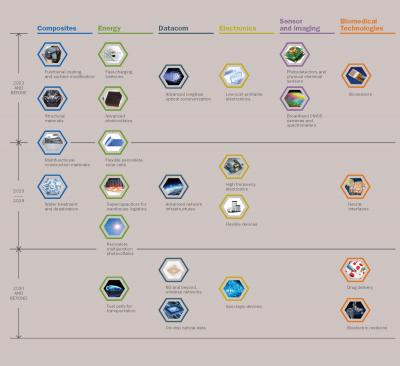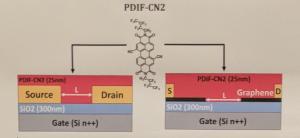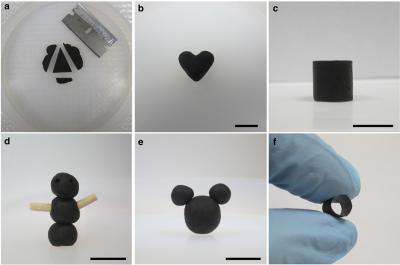Researchers develop novel graphene-based implantable neurotechnology
A new study, led by the Catalan Institute of Nanoscience and Nanotechnology (ICN2) along with the Universitat Autònoma de Barcelona (UAB) and other international partners like the University of Manchester (under the European Graphene Flagship project), presents EGNITE (Engineered Graphene for Neural Interfaces) - a novel class of flexible, high-resolution, high-precision graphene-based implantable neurotechnology with the potential for a transformative impact in neuroscience and medical applications.
This work aims to deliver an innovative technology to the growing field of neuroelectronics and brain-computer interfaces. EGNITE builds on the experience of its inventors in fabrication and medical translation of carbon nanomaterials. This innovative technology based on nanoporous graphene integrates fabrication processes standard in the semiconductor industry to assemble graphene microelectrodes of a mere 25 µm in diameter. The graphene microelectrodes exhibit low impedance and high charge injection, essential attributes for flexible and efficient neural interfaces.


